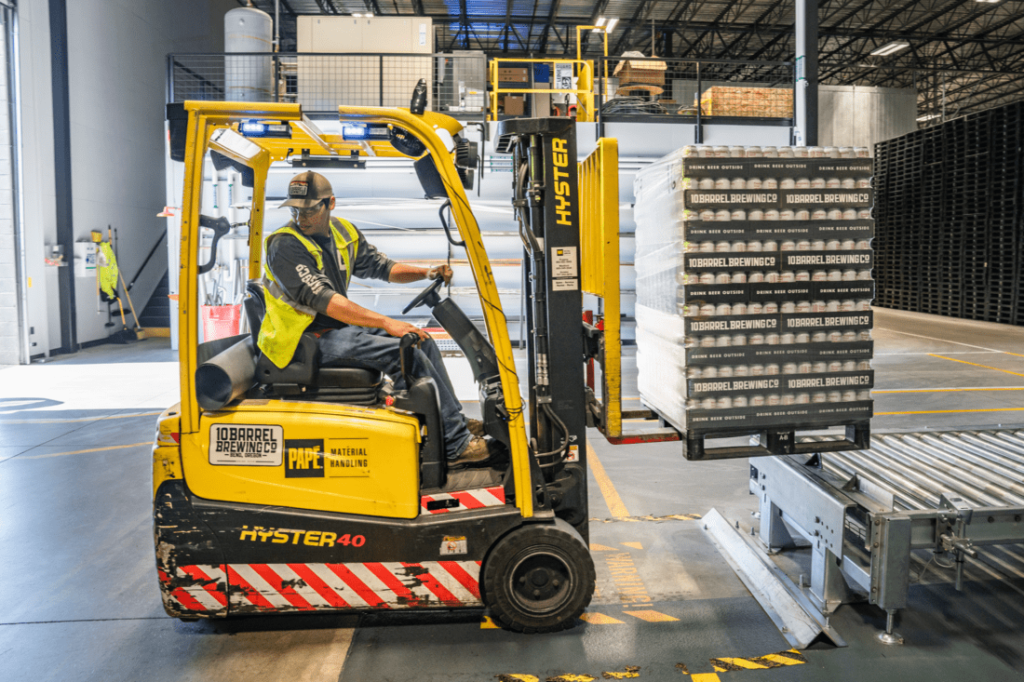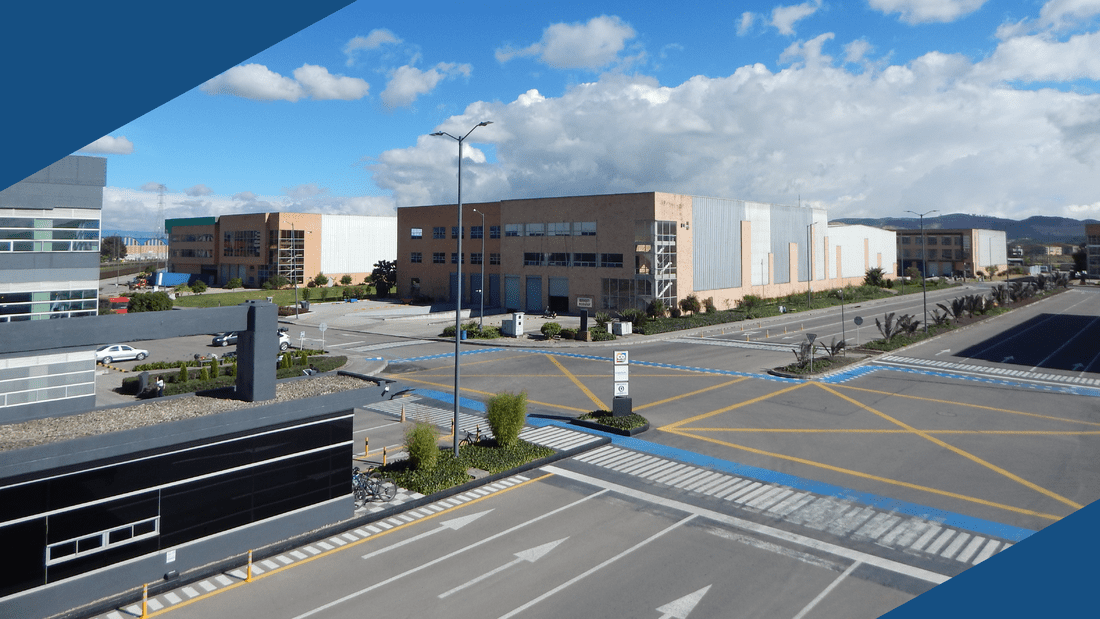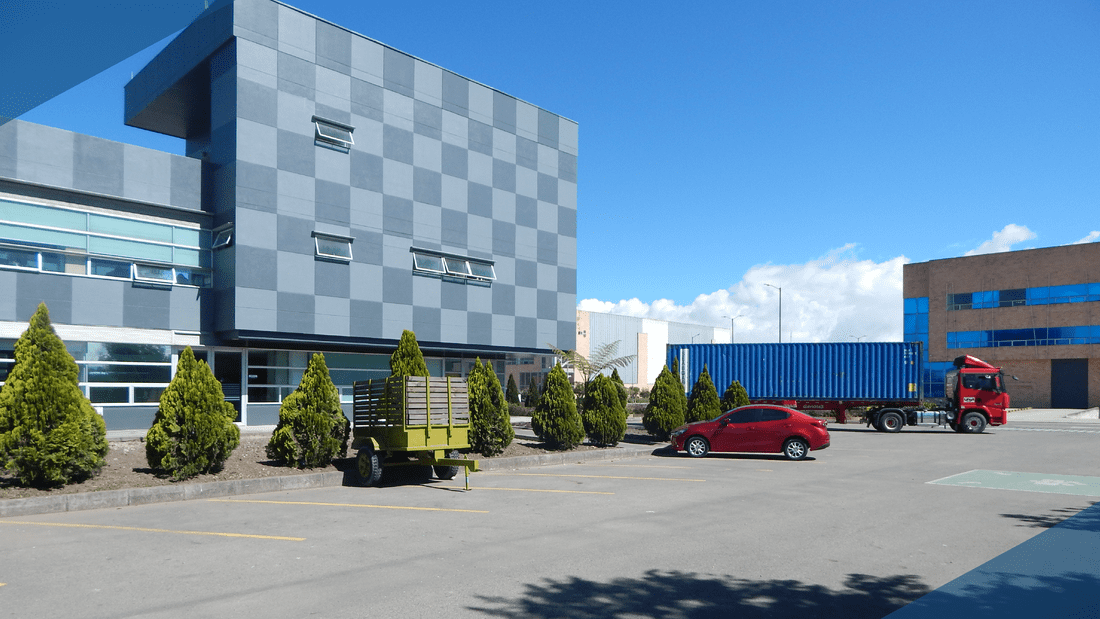In April 2023, merchandise exports from Colombian free trade zones reached a total of US$ 227.9 million FOB, according to the National Administrative Department of Statistics (DANE). Although the expectation is to increase these numbers, in general, a permanent free trade zone operator user has to take care of managing certain basic elements for its proper functioning and allow the proper handling of cargo (products) and thus boost operations, including exports.
In this way, a free trade zone user, i.e., the companies that are established there, will have the guarantees to be competitive thanks to an adequate infrastructure, for example, to be able to move goods and products. It is vital to ensure that the facilities, especially when it comes to the handling and storage of goods, are optimal for this; it is something that a permanent free trade zone user operator must plan for.
Next, we will explore some of the essential elements that a free zone must have in terms of infrastructure for the proper handling of cargo. In Zona Franca Occidente we have facilities that allow the free zone user to operate with tranquility and comfort.
- Strategic location, connection with ports or airports: a free trade zone that favors cargo handling needs a direct and efficient connection with ports, airports and major cities. These are the entry and exit points. Ports and airports generally have modern, well-equipped terminals capable of handling large volumes of cargo and streamlining customs processes.
Likewise, a free trade zone must have infrastructure such as roads that ensure the constant and fast flow of goods, in other words, that trucks or vehicles can move without any problem.
- Inspection and security facilities: There is a trend for the permanent free trade zone user operator to implement modern and efficient cargo inspection facilities to ensure security and compliance with customs regulations. This includes X-ray scanners, metal detectors, non-intrusive inspection systems and trained security control personnel.
- Consolidation and deconsolidation areas: These areas are essential for grouping and ungrouping cargo, which facilitates the optimization of shipments and the efficient distribution of products. Consolidation and deconsolidation areas must be equipped with appropriate equipment, such as forklifts and weighing systems, to facilitate the cargo handling process.
This makes it easier for the free zone user to save time and comply with cargo regulations established in the country.
- Value-added areas: Incorporating value-added areas, such as manufacturing, assembly and merchandise processing zones, opens up opportunities to add value to products and improve the supply chain by offering specialized services within the free trade zone itself.
- Telecommunications infrastructure: It is essential to have a robust and reliable telecommunications infrastructure, including high-speed Internet networks, efficient communication systems and information technology services. This allows for efficient data management and fluid communication between the actors involved in cargo handling.
The permanent free trade zone operator user that carries out this type of implementation is giving a plus of guarantees so that the company that is a free trade zone user is in constant communication with its mobiles, providing peace of mind and security.
- Training and specialized labor: A good idea is to provide training so that both the company's own personnel and those of the organizations within the free trade zone specialize in logistics activities. Establishing programs to ensure that personnel have the necessary knowledge and skills to operate efficiently in the free trade zone and comply with international cargo handling standards is relevant.
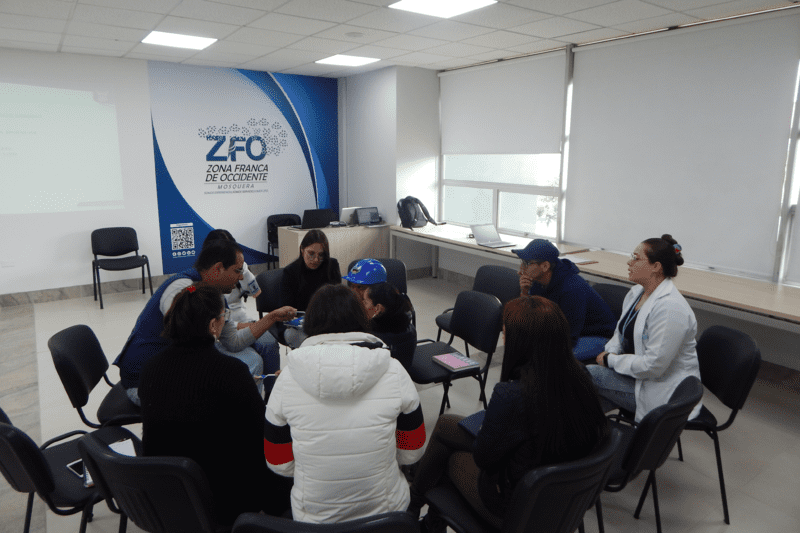
- Office space and administrative services: Adequate office space and administrative services are vital. Although it is not believed to have a direct influence on the letter, it is important that the people involved in the organization process have areas for customer service, financial services, legal services and other facilities that provide support to the companies and streamline administrative procedures.
- Warehouses and distribution centers: the presence of warehouses and distribution centers established by the permanent FTZ user operator becomes a support for the proper handling of cargo. These facilities are spacious, secure, and employ modern storage systems, such as shelving and material handling equipment.
Tracking and monitoring technology must be considered for accurate inventory control and efficient inventory management. Warehouses should also be strategically located within the free trade zone to facilitate distribution both within the country and to international destinations.
- Road Infrastructure: Zona Franca Occidente is located on Avenida Troncal de Occidente No. 20 - 85 Mosquera, Cundinamarca, so it has a well-developed transportation network, which is essential for moving cargo to different regions of the country or for receiving it.
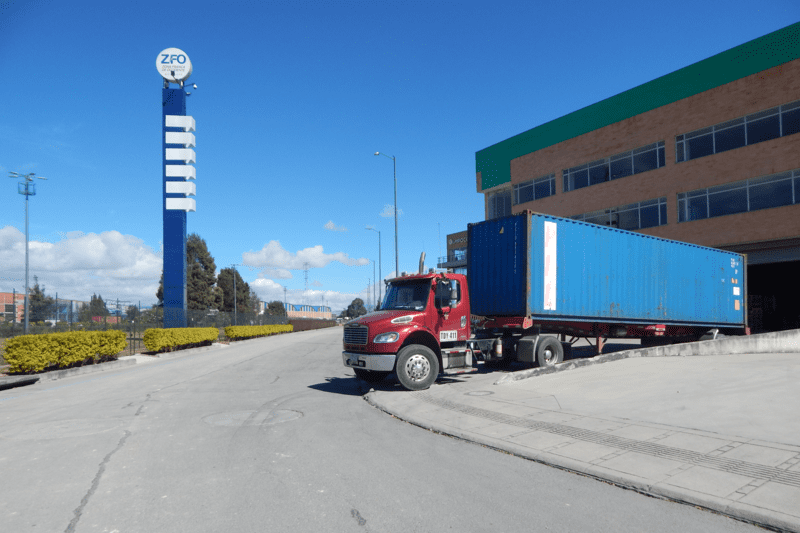
The roads must be wide and safe enough to allow the constant flow of trucks and cargo vehicles. ZFO, for example, has between ten and 17 meters wide internal roads for heavy traffic, plus a spacious external parking yard for cargo vehicles and warehouses with docks over 18 meters long.
- Logistics and customs services: the permanent free trade zone user operator must develop well-developed logistics and customs services plans. This implies the presence of trained customs agents, agile customs processes and efficient computer systems for the management of documents and procedures. It is also essential to take advantage of integrated logistics services, such as transportation companies, freight forwarders and shipment tracking services, to ensure smooth logistics operations and cargo to be an ally of the free zone user.
A free trade zone that seeks to excel in cargo handling employs a solid and well-planned infrastructure. Key elements include wide and efficient roads that act as entry and exit points for goods, modern and secure warehouses and distribution centers for the proper storage of products, proximity to road infrastructure that connects the free zone to key production and transportation points, and robust logistics and customs services to streamline processes and ensure a steady flow of goods.
In addition, provide the implementation of advanced technology, such as tracking and monitoring systems, and the adoption of sustainable practices in cargo management, improving efficiency and competitiveness for the enjoyment of the free trade zone user.
Warehouses and distribution centers
One of the points we talked about before are the warehouses or distribution centers, here it is important to highlight that a permanent free trade zone user operator has the alternative to implement one to facilitate the use of a free trade zone user for a specific reason, for example, if he is making adjustments to implement his storage and distribution zone.
The free zone user who is thinking of making a phase of adoption or modernization of a distribution center, should know that among the benefits that will bring its implementation are multiple:
- Efficient storage: Warehouses and distribution centers must have sufficient space to store goods in an organized and secure manner. Different methods are used, such as shelving, racks and automated systems, in order to maximize the available space. In addition, aspects such as temperature control, when handling perishable products, and security against theft and damage must be considered.
- Reception and classification: the free zone user is in charge of ensuring that when the merchandise arrives at the distribution centers, a reception and classification process is carried out. This involves verifying the quantity and quality of the goods received, as well as registering them in the inventory system. They are then classified and organized according to different criteria, such as type of product, final destination or expiration date.
- Inventory management: A key aspect of warehouse and distribution center operations is efficient inventory management. Computer systems and scanning technology are used to keep an accurate record of stock and its location within the warehouse. This enables accurate control of stock levels, prevents shortages or excesses, and expedites the location and retrieval of products.
- Distribution: the free zone user or company has clear orders, but for the cargo handling phase, when he has to dispatch the orders (distribution), it involves loading the products on trucks, containers or airplanes, depending on the mode of transportation used. Distribution centers must have docks and material handling equipment, such as forklifts, to facilitate the transfer of the cargo to the transport vehicles.
- Tracking and monitoring: Throughout the entire cargo handling process, it is essential to have tracking and monitoring systems in place to track the location of products in real time. This allows complete visibility of the supply chain, facilitating decision making and the resolution of any problems that may arise during transportation and delivery.

Zona Franca Occidente has a subway electrical and telecommunications network system that includes a double ring for energy supply at different voltage levels according to the needs of the free zone user, plus medium voltage circuits at 11.4 KV and for large energy consumers at 34.5 KV. Also, fiber optic internet.
Learn more about us and enjoy the multiple benefits we have for your organization and logistics processes.

